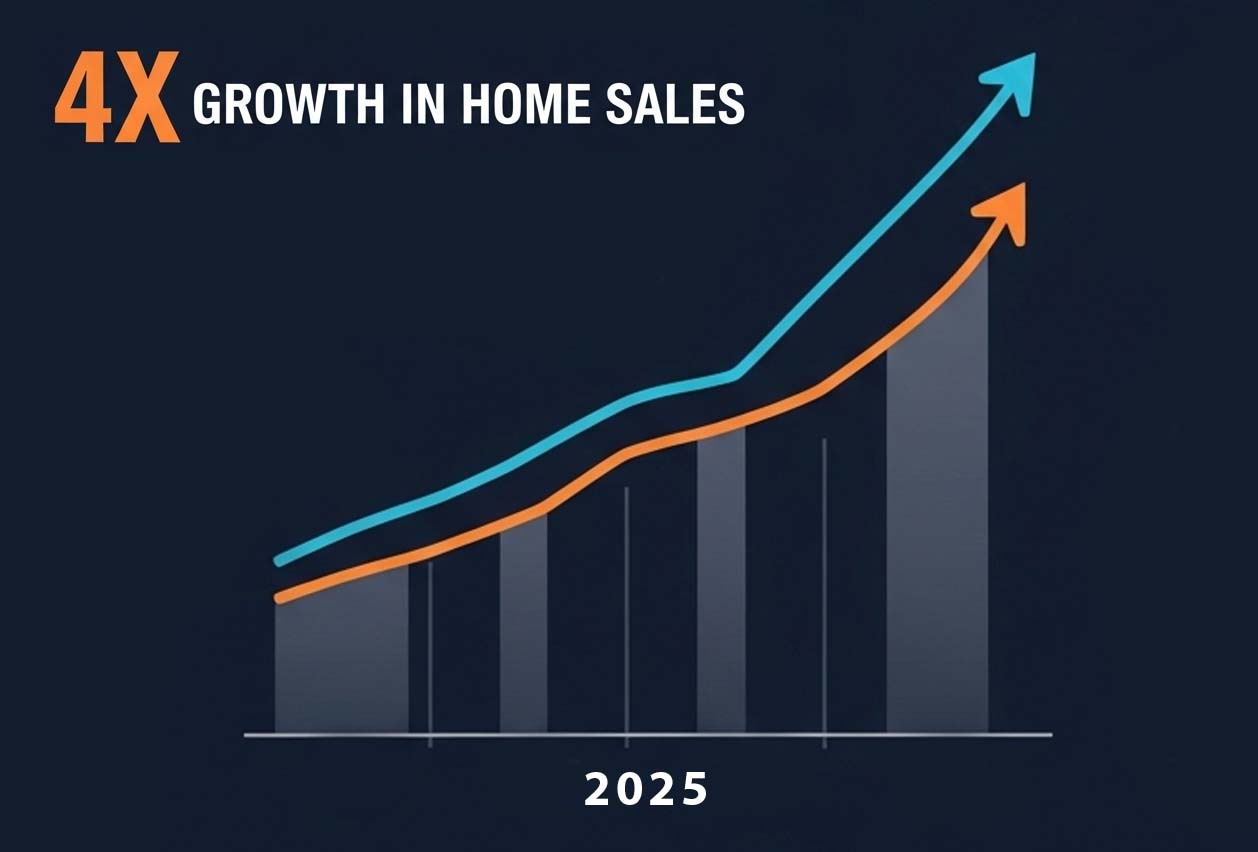Chicago Home Growth 4x The Nation’s: 3 Takeaways
Both the Illinois Realtors and National Association of Realtors report that Chicagoland home growth is four times the rest of the USA. A month ago, it was triple and a month before that it was double. The metro area’s median home price for May is up 5.5% from the same time in 2024. Nationwide, May’s figure is up 1.3% from May 2024. That is, Chicago home prices grew at 4.2 times the pace of the rest of the country.
Prices in Chicago are slowing a bit, but nowhere near the rest of the country. The median price of homes sold in the nine-county Chicago metro area in May was $379,900, according to Illinois Realtors. It’s the highest monthly median on record and up 1.3% from the prior record of $374,900 last June.
In the city of Chicago, the median price of homes sold in May was $390,000, down from $395,000 in April, which was the highest on record for the city. May’s median is the highest it’s ever been for that month.
Chicago’s solid home price growth comes at a time when home prices in about one-third of the country are shrinking. In 96 of 300 U.S. housing markets, home prices dropped in May, especially in California, Florida and Texas.

Number of Home Sales Hits 13-Year Low
High-rising prices are in part a result of an extremely low inventory of homes available to buy, which causes people to pay more. It’s the basic principle of supply and demand.
Data shows fewer homes are on the market here than the same time last year, as homeowners hold on to their below 5% interest rates.
In Chicago, 2,266 homes sold in May- the fewest that have sold in May since 2012, when 2,124 homes sold. Across the metro area, 8,689 homes sold in May, fewer than any since May 2012, when 8,466 homes sold.
New Construction Not Meeting Buyer DemandsStatewide, the supply of homes is short about 142,000, according to the Illinois Economic Policy Institute. Builders would have to put up 227,000 new homes over the next five years to keep up with demand, according to the study.
Illinois is one of the slowest building states in the US, due to a highly regulatory climate, high property taxes and the fact that Chicago’s suburban homebuilding market is dominated by national firms, which in recent years have been able to make far larger profits in high population-growth places like Texas and North Carolina.
|
